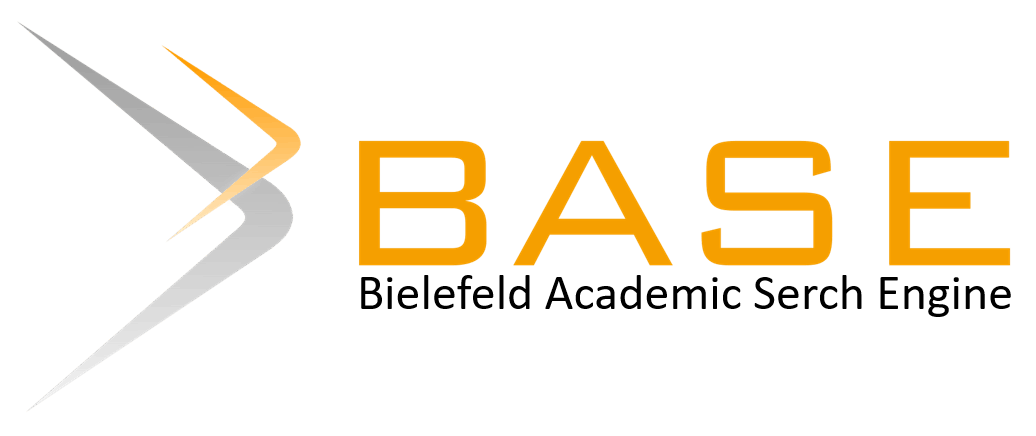Augmented reality of food plants as a biodiversity learning media for 10th grade high school: A feasibility analysis
Abstract
Submission of material that only uses printed books, printed pictures, and power points as well as limited infrastructure hinders student learning experiences. Augmented reality (AR) interactive media is one of the innovations to make it easier to guide material to make it more interesting and interactive. So this study aims to describe the feasibility of interactive multimedia augmented reality of food plants as a support for learning biodiversity in 10th grade of senior high school. The augmented reality system was created using Vuforia and Unity 3D software, and involved curriculum analysis, storyboard design, data collection, marker creation, and 2D object design of food plants, followed by AR media creation. This research used a quantitative descriptive method, data collection is carried out using validation instruments of material experts and media experts. Validators consist of 3 material experts and 3 media experts. The validation obtained an average total validation (RTVtk) of material experts at 3.83 and media experts at 3.80. This assessment is considered valid because it meets the validity standard, namely 3≤mRTVtk≤4. Thus, interactive multimedia augmented reality is suitable to be used as a learning medium in the sub-material of utilizing biodiversity as food plants in 10th grade of high school.
Keywords
Full Text:
PDFReferences
Abdulrahaman, M. D., Faruk, N., Oloyede, A. A., Surajudeen-Bakinde, N. T., Olawoyin, L. A., Mejabi, O. V., Imam-Fulani, Y. O., Fahm, A. O., & Azeez, A. L. (2020). Multimedia tools in the teaching and learning processes: A systematic review. Heliyon, 6(11), 1-14.
Arici, F., Yildirim, P., Caliklar, Ş., & Yilmaz, R. M. (2019). Research trends in the use of augmented reality in science education: Content and bibliometric mapping analysis. Computers & Education, 142, 103647.
Bicen, H., & Kocakoyun, S. (2018). Perceptions of students for gamification approach: Kahoot as a case study. International Journal of Emerging Technologies in Learning, 13(2), 72-93.
Celik, C., Guven, G., & Cakir, N. K. (2020). Integration of mobile augmented reality (MAR) applications into biology laboratory: Anatomic structure of the heart. Research in Learning Technology, 28.
Chin, K. Y., & Wang, C. S. (2021). Effects of augmented reality technology in a mobile touring system on university students’ learning performance and interest. Australasian Journal of Educational Technology, 37(1), 27-42.
Fitria, T. N. (2023). Augmented Reality (AR) and Virtual Reality (VR) technology in education: Media of teaching and learning: A review. International Journal of Computer and Information System (IJCIS), 4(1), 14-25.
Kiryakova, G., Angelova, N., & Yordanova, L. (2018). The potential of augmented reality to transform education into smart education. TEM Journal, 7(3), 556-565.
Kumar, B., S., Wotto, M., & Belanger, P. (2018). E-learning, M-learning and D-learning: Conceptual definition and comparative analysis. E-learning and Digital Media, 15(4), 191-216.
Kurniawan, M. H., & Witjaksono, G. (2018). Human anatomy learning systems using augmented reality on mobile application. Procedia Computer Science, 135, 80-88.
Marini, A., Nafisah, S., Sekaringtyas, T., Safitri, D., Lestari, I., Suntari, Y., Umasih. U., Sudrajat, A., & Iskandar, R. (2022). Mobile augmented reality learning media with metaverse to improve student learning outcomes in science class. International Journal of Interactive Mobile Technologies, 16(7), 99-115
Puspitarini, Y. D., & Hanif, M. (2019). Using learning media to increase learning motivation in elementary school. Anatolian Journal of Education, 4(2), 53-60.
Putro, S. C., Jiono, M., Nuraini, N. P., & Fam, R. (2021). Development of statistics teaching materials using augmented reality to reduce misconception. 2021 7th International Conference on Electrical, Electronics and Information Engineering (ICEEIE), 151-156.
Septiani, A. N. N. S. I., & Rejekiningsih, T. (2020). Development of interactive multimedia learning courseware to strengthen students' character. European Journal of Educational Research, 9(3), 1267-1280.
Serrano, D. R., Dea‐Ayuela, M. A., Gonzalez‐Burgos, E., Serrano‐Gil, A., & Lalatsa, A. (2019). Technology‐enhanced learning in higher education: How to enhance student engagement through blended learning. European Journal of Education, 54(2), 273-286.
Shi, Y. (2023). The use of mobile internet platforms and applications in vocal training: Synergy of technological and pedagogical solutions. Interactive Learning Environments, 31(6), 3780-3791.
Sudarsana, I. K., Nakayanti, A. R., Sapta, A., Haimah, Satria, E., Saddhono, K., Daengs, GS. A., Putut, E., Helda, T., & Mursalin, M. (2019). Technology application in education and learning process. Journal of Physics: Conference Series, 1363(1), 012061
Talizaro, T. (2018). Peranan media pembelajaran dalam meningkatkan minat belajar mahasiswa. Jurnal Komunikasi Pendidikan, 2(2), 103-114.
Tomaschko, M., & Hohenwarter, M. (2019). Augmented reality in mathematics education: The case of GeoGebra AR. Augmented Reality in Educational Settings, 325-346.
Utami, A. R., Oktaviani, L., & Emaliana, I. (2021). The use of video for distance learning during COVID-19 pandemic: students’ voice. JET (Journal of English Teaching) Adi Buana, 6(2), 153-161.
Utami, W. T., Daningsih, E., & Titin, T. (2022). Kelayakan powerpoint interaktif pada submateri peran tumbuhan di bidang ekonomi dengan optimalisasi ubi jalar ungu. Jurnal Pendidikan Biologi, 13(1), 30–40.
Wijayatno, N., & Samodra, J. (2021). Pengenalan Augmented Reality (AR) tentang proses perkecambahan epigeal dan hipogeal sebagai media belajar. JoLLA: Journal of Language, Literature, and Arts, 1(10), 1405-1422.
Williams, R. (2020). An exploration into the pedagogical benefits of using social media: Can educators incorporate social media into pedagogy successfully?: A work in progress. ABC Journal of Advanced Research, 9(2), 69-78.
Wulandari, B., Pratama, G. N. I. P., Hasanah, N., & Yuniarti, N. (2019). Augmented reality as android based learning media for wood field laboratory work. Journal of Physics: Conference Series, 1413(1), 012035.
DOI: https://doi.org/10.17509/aijbe.v6i2.60068
Refbacks
- There are currently no refbacks.
 AIJBE is under Creative Commons Attribution-ShareAlike 4.0 International License
AIJBE is under Creative Commons Attribution-ShareAlike 4.0 International License









